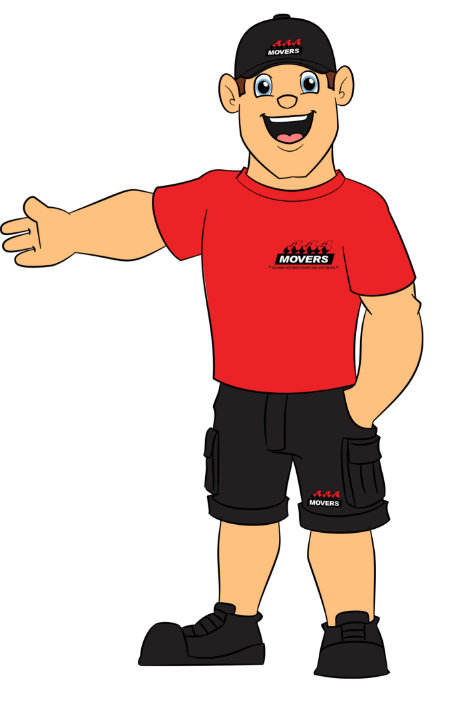Moving is a stressful process for some, and the need to downsize can add extra mental and emotional strain. For seniors moving into a smaller space, trying to pare down a lifetime of memories and possessions can seem overwhelming. What do you actually need, and what should you part ways with? Sometimes those decisions aren't easy. The key is to take things one step at a time and have a good plan of attack. Here are our best tips for downsizing your home smoothly and efficiently. As soon as you know you're going to move you should start the process. Don't make the mistake of thinking that since you're downsizing the process will be faster — deciding what to keep and get rid of can take a lot of time. The earlier you begin, the better off and less stressed you'll be. Ask yourself what needs to get done and in what order and then map it all out. Start with your moving date and work backwards designating due dates for each step of the process. Break down each step into smaller tasks and to-dos. Some questions to ask yourself when planning your move are: This is so important it merits its own tip — do not think you can or should do it all yourself! Maybe you "don't want to be a bother" to anyone. Maybe you like to be in control of things and don't want others "getting in the way." Whatever it is that might deter you from asking for help or accepting offers to help, put it aside. Whether you enlist a family member to digitize CDs and VHS tapes that are taking up too much physical space or hire professionals to pack for you, get help in whatever form you need. Chances are the last time you took stock of everything you own was the last time you moved, and if that was many years ago you've probably accumulated quite a few things since then. This is your chance to find out exactly what you have — and you may be shocked to see just how much "stuff" you have. Once you have your inventory, start to identify which items are important and which ones you can part with. Eliminate duplicate items such as multiple sets of dishes and cooking utensils. Take a look at your new space — the number of bedrooms and bathrooms, storage spaces, and square footage. Decide what you need to fill the space and then compare that to your inventory. Make sure your current furniture will fit in the new space and plan where you will put things. As you would with any move, you'll first need to categorize items according to what you're keeping or not and then decide what to do with the things you aren't taking with you. Anything still in good condition can be sold or donated, and the rest can be thrown away or recycled. To rehome items in good condition, you could host a yard sale, take items to the local Goodwill, or even leave items near the curb with a "free" sign. This is also a great time to see what items friends and family might like. Possessions that have emotional significance are difficult to part with, and there is no reason you should have to discard a lifetime of mementos. However, some things may need to find new homes or new life. Our team of moving experts can help make your move smoother every step of the way, from our initial move consult to your moving day. We have ample experience handling moves for seniors and have partnered with Rose's Daughters, a company that specializes in senior moves, to ensure everything about your move is stress free. Reach out to us for a move quote!Start Earlier Than You Think
Make a Plan
Ask for Help
Take an Inventory of Your Home
Plan Out Your New Space
Throw, Sell, Donate, or Share
Preserve Your Memories
AAA Supports Your Move All the Way









